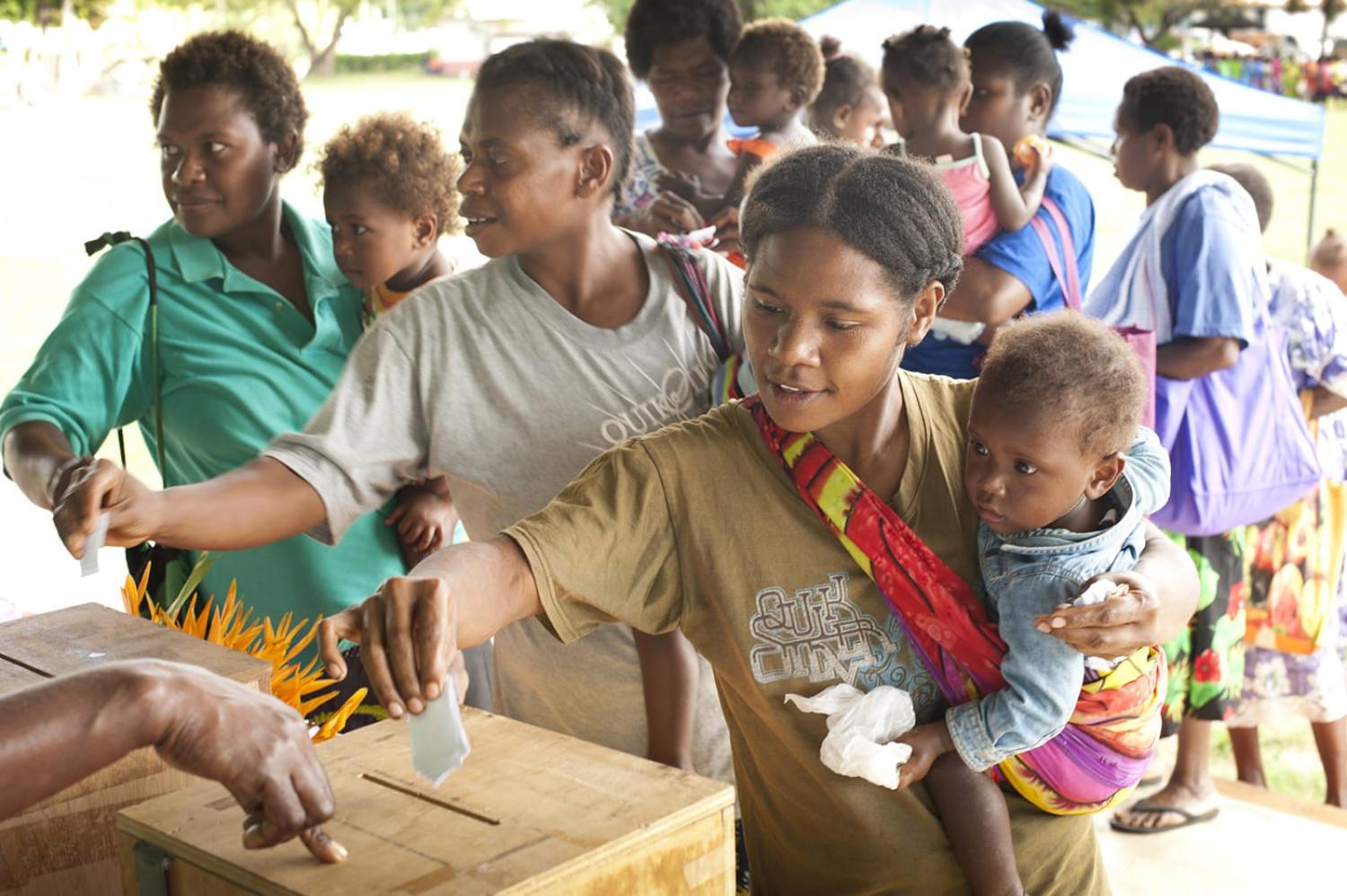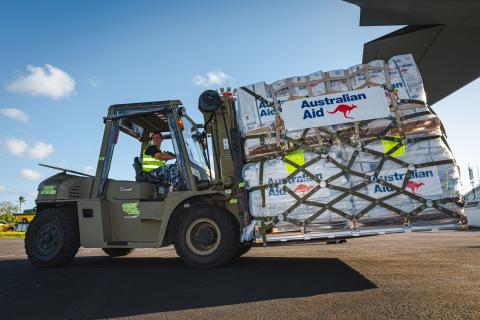To outsiders, reporting could be the most boring part of development work, but it’s arguably one of the most essential – if done accurately. On cross-cutting issues, like women’s empowerment, it’s important to take account of what is really happening.
OECD data highlight, for example, where donors’ funds are going (and who’s missing out), how much they receive, and trends across time. It also captures how much is invested into women’s development and gender equality, according to reports submitted by donors.
And if aid donors want to be effective and efficient, they need accurate real-time data to make better decisions about where to invest their money. The problem is, the central database for gender equality financing (OECD) has gaps significant enough to skew our understanding of the financing landscape, because it relies on the accurate and full reporting of donors – something not easily monitored or enforced by the OECD.
To submit data, donors use the OECD’s gender equality policy marker to rate the amount of gender equality investment in projects. The markers use a 0, 1, 2 system, where 0 is a screened project with no gender equality objective, 1 has at least one significant gender equality objective that is important but not principal to the project, and 2 is principally about gender equality (that is, without the gender equality objective, the project would not go ahead).
While most donors report to the OECD, there is a significant number that do not, including new actors in the field such as China and Taiwan, and some philanthropic and private sector donors. OECD’s picture is therefore incomplete, but also potentially inflated, if donors overestimate the significance of their gender equality investments when they self-assess projects.
This year, the Lowy Institute’s Pacific Aid Map expanded to capture a comprehensive view of gender equality financing in the Pacific Islands region, using OECD data among other sources including the International Aid Transparency Initiative. It found that between 2008 and 2020, one-third (32 per cent) of aid spent in the Pacific (current US$) and reported to the OECD was not marked for its gender equality investment. This significant under-reporting is enough to skew OECD’s insights, used by policymakers around the globe.
Australia is the biggest donor to Pacific Island nations and routinely reports to the OECD. Of Australia’s Pacific disbursed aid reported to the OECD, ten per cent had no gender marker. Most of those unmarked were reported in the years prior to the release of the Handbook on the OECD-Development Assistance Committee Gender Equality Policy Marker (2016), and only one per cent was found by Lowy Institute researchers to be eligible for additional gender marking — indicating Australia’s unmarked activities were generally not part of the gender equality program. As the chart below shows, in terms of Australia’s overall Pacific aid program, Australia’s current reporting record against gender equality investments is good but a 100% report-rate is preferable.
Other significant donors to the Pacific did not fare so well. Between 2008 and 2020, 87 per cent of the World Bank’s reporting to the OECD and more than half of the United Nations’ disbursements were unmarked, leaving a big gap in public knowledge about investments in gender equality. In defence of the World Bank, it has comparable gender data in-house and has been implementing performance targets against the gender equity theme for many years – it’s just that it is not public.
So, while much of their financing goes towards women’s initiatives, the World Bank’s story is undersold. This development partner could get more recognition for the significant work it does for women’s advancement. The same goes for the United Nations. As the following chart illustrates.
It is worthwhile noting that this Pacific Aid Map analysis is intended to give transparency to how much is going towards gender equality financing in the Pacific, not to check reporting standards. Nonetheless, the process has revealed stark gaps in the OECD’s Pacific gender financing data that need greater attention.
Inaccurate data is misleading, and more exact reporting is possible. Given how important data is for policymaking, the following five recommendations should be considered by donors.
First, all OECD reports must be assessed for their gender equality objective. Backdating all missing data points would contribute to a more transparent and reliable dataset.
Second, assessments must be accurate and true to the investment. Inflation of results to boost performance and global standing – especially in response to previous poor reporting – will do little for Pacific people needing policymakers working with good information.
Third, donors should submit clearer descriptions in their OECD reports, stating the cross-cutting issues, beneficiaries, and objectives informing the design and intent of the activity or program. Justification of gender markers should be in the project description as a measure of transparency, especially given the inconsistencies in methodologies and reporting across agencies.
Fourth, the OECD should consider introducing an extra tier for mainstreamed gender projects, alongside the 0, 1, 2 system (so the data stays comparable). The extra tier will help better define which interventions have more, or less, significant gender equality objectives.
Last, an incentive for donors to report on women’s investments could be blank entries in OECD reporting defaulting to 0, indicating the project has no gender transformation objective.
While it may be considered the most mundane part of development work, accuracy in reporting is essential to change and transformation in the Pacific. And if OECD-DAC members want to support the mission to “create better policies for better lives”, they should take a leaf out of Australia’s book and get better at reporting.


